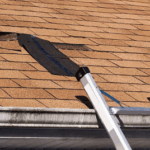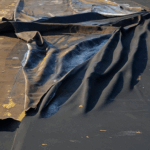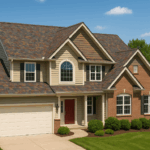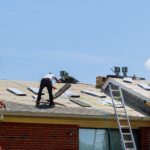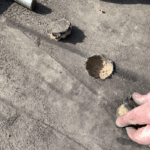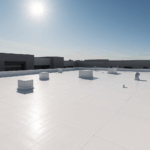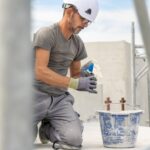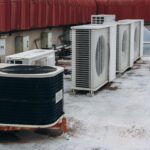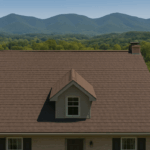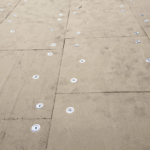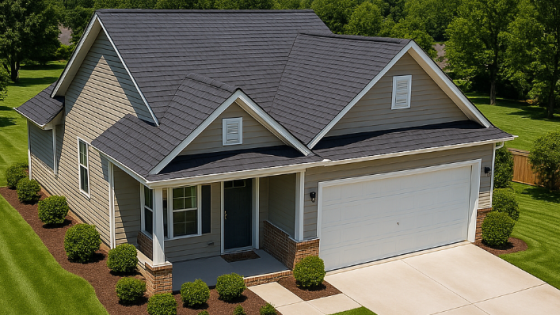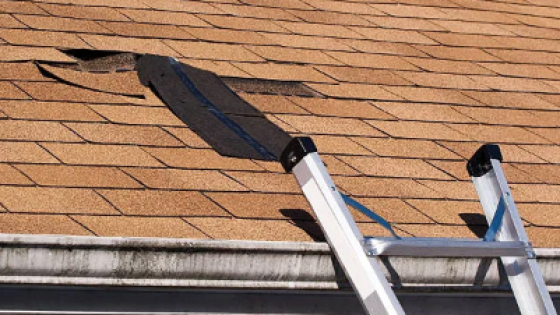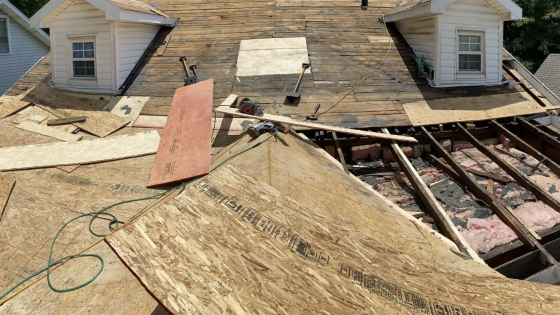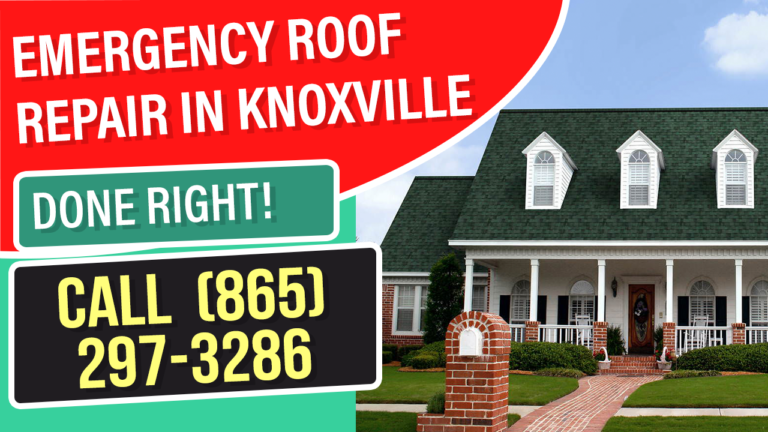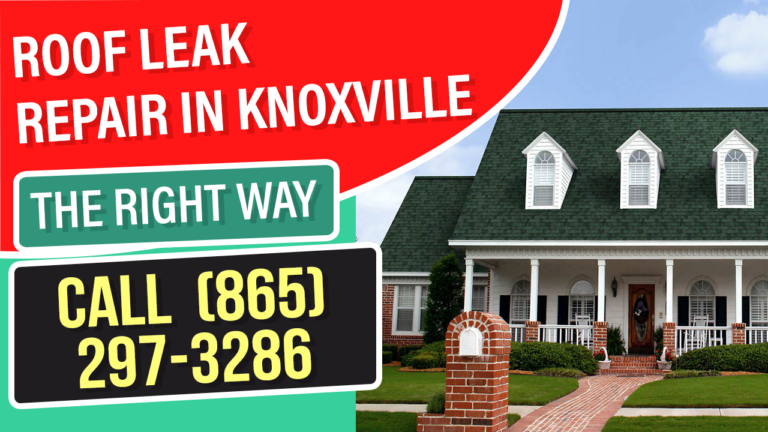When you invest in a new roof, one of the most pressing questions is: “How long will my roof last?” Understanding the lifespan of your roof is crucial for planning maintenance, budgeting for future repairs or replacements, and ensuring your home remains protected from the elements. In Knoxville, Tennessee, the local climate and weather conditions play a significant role in determining how long your roof will endure.
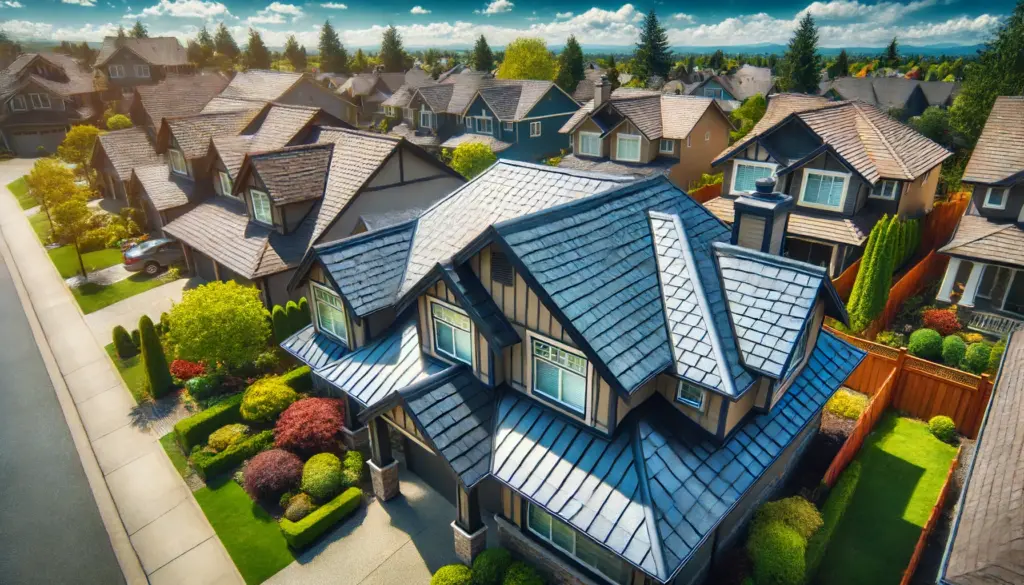
Factors Affecting Roof Longevity
Several factors influence the lifespan of a roof, including the type of roofing material, installation quality, environmental conditions, and regular maintenance. Here’s a detailed look at each factor:
1. Roofing Materials
Different roofing materials have varying lifespans. Here’s a breakdown of common roofing materials and their expected longevity:
| Material | Average Lifespan |
|---|---|
| Asphalt Shingles | 20-30 years |
| Wood Shingles | 25-30 years |
| Metal Roofing | 40-70 years |
| Clay Tiles | 50-100 years |
| Slate Tiles | 75-200 years |
Asphalt Shingles: These are the most common roofing materials due to their affordability and ease of installation. They typically last 20-30 years but can vary depending on the quality of the shingles and local weather conditions.
Wood Shingles: Offering a natural and rustic appearance, wood shingles generally last 25-30 years. However, they require regular maintenance to prevent mold, rot, and insect damage.
Metal Roofing: Known for its durability and resistance to extreme weather, metal roofing can last between 40-70 years. It is also fire-resistant and energy-efficient.
Clay and Slate Tiles: These materials are among the most durable, with clay tiles lasting 50-100 years and slate tiles up to 200 years. They are more expensive and heavier, often requiring additional structural support.
2. Installation Quality
A roof’s lifespan is significantly impacted by the quality of its installation. Poor installation can lead to leaks, premature wear, and other issues that shorten the roof’s lifespan. It is essential to hire experienced and certified roofing professionals to ensure proper installation.
3. Environmental Conditions
The climate in Knoxville plays a crucial role in roof longevity. The area experiences hot summers, cold winters, and occasional severe weather, including storms and heavy rainfall. These conditions can accelerate the aging process of roofing materials. UV rays from the sun can cause shingles to crack and deteriorate, while moisture from rain and snow can lead to mold, mildew, and rot if not properly managed.
4. Maintenance
Regular maintenance is key to extending the life of your roof. This includes:
Inspecting for Damage: Regular inspections can help identify and address minor issues before they become major problems.
Cleaning Gutters: Ensuring gutters are clear of debris helps prevent water damage.
Removing Debris: Keeping the roof free from leaves, branches, and other debris reduces the risk of mold and algae growth.
Repairing Leaks Promptly: Addressing roof leaks as soon as they are discovered prevents water damage and structural issues.
Pros and Cons of Different Roofing Materials
Each roofing material comes with its own set of advantages and disadvantages. Here’s a quick overview:
| Material | Pros | Cons |
|---|---|---|
| Asphalt Shingles | Affordable, easy to install, widely available | Shorter lifespan, susceptible to wind damage |
| Wood Shingles | Attractive, natural insulation | Requires maintenance, fire risk |
| Metal Roofing | Durable, fire-resistant, energy-efficient | Higher initial cost, noise |
| Clay Tiles | Long-lasting, aesthetically pleasing | Expensive, heavy |
| Slate Tiles | Extremely durable, adds value to property | Very expensive, requires professional installation |
FAQs about Roof Age
It’s recommended to inspect your roof at least twice a year, in the spring and fall, and after any major storm.
Yes, but it’s generally better to remove the old roof to inspect for damage and ensure a proper fit for the new roofing materials.
Common signs include missing or damaged shingles, leaks, sagging, and significant moss or algae growth.
Regular maintenance, timely repairs, and professional inspections are key to extending your roof’s lifespan.
Modern metal roofing is designed to minimize noise, especially when installed with proper insulation.
It’s not necessary, but it can be beneficial to address any questions or issues that arise during the installation.
Asphalt shingles are the most affordable, while slate tiles are the most expensive. Costs can vary widely based on the material and installation complexity.
The duration depends on the size of the roof and the type of material, typically ranging from a few days to a week.
Metal roofing and asphalt shingles are popular choices due to their durability and resistance to weather extremes.
Yes, a new roof can significantly enhance your home’s curb appeal and resale value.


